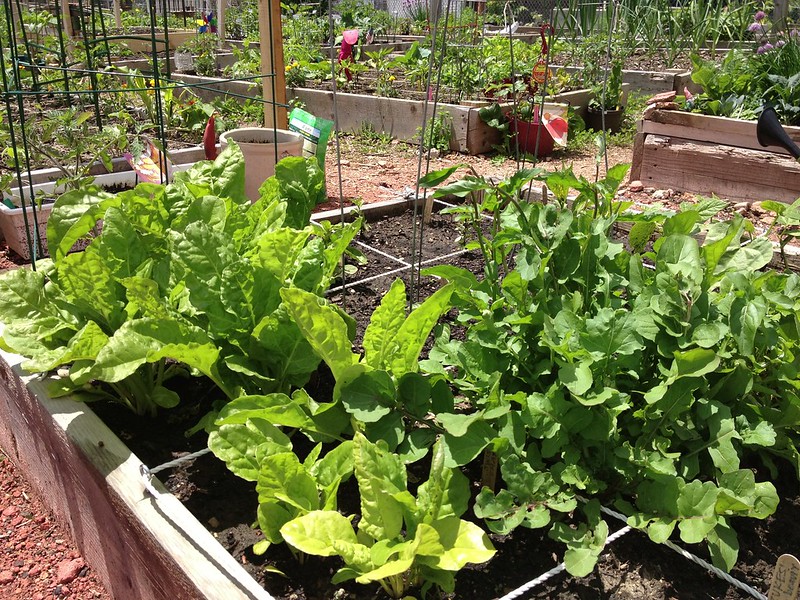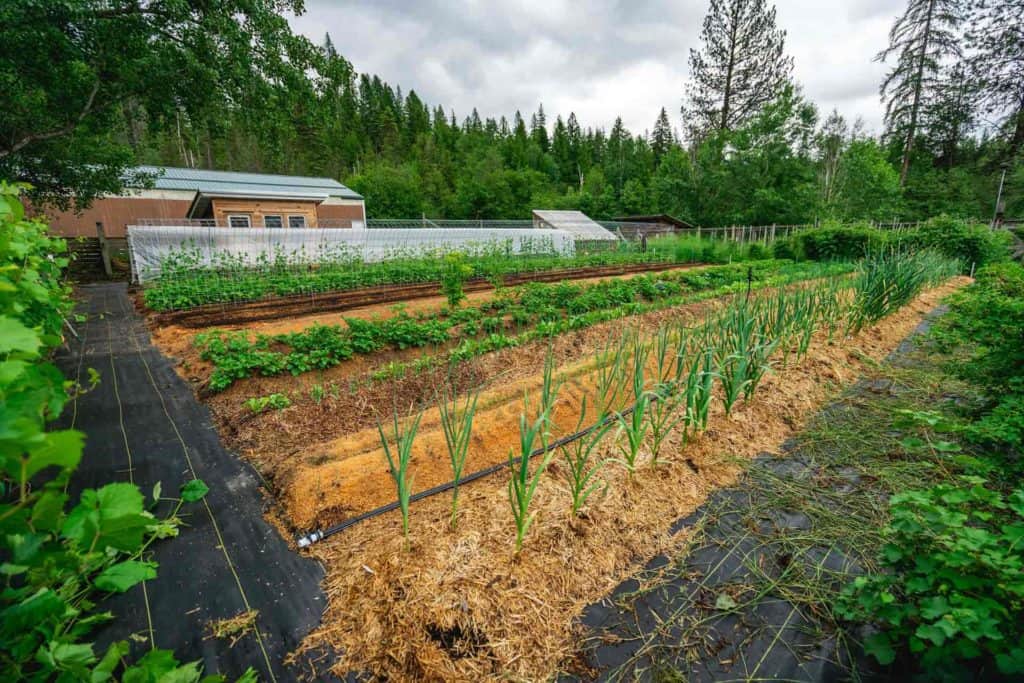Secrets to a Successful Homestead Gardening Effort
Secrets to a Successful Homestead Gardening Effort
Blog Article
Uncover the Tricks to Producing a Effective and lovely Gardening Room
Developing a gorgeous and productive gardening area is not just a matter of growing vegetables and flowers; it requires a critical strategy that includes numerous critical elements. From selecting the right place based on sunshine and dirt type to thoughtfully designing your design and selecting appropriate plants, each decision plays an essential role in the success of your garden. Additionally, recurring upkeep is necessary to sustain its appeal and efficiency. As you ponder these elements, consider how they link to open the complete potential of your horticulture ventures. What particular strategies can raise your room beyond the regular?
Picking the Right Place
Picking the perfect location for your garden is important to its success and total aesthetic appeal. The primary step in this procedure entails examining sunlight exposure, as the majority of plants call for at the very least six hours of straight sunlight daily (Homestead Gardening). A south-facing garden normally gets the most light, while shaded locations can restrain growth and blooming
Additionally, take into consideration soil quality and drainage. Well-draining soil is crucial to stop water logged origins, which can result in plant illness. Carrying out a soil test can provide valuable information concerning pH levels and vitamins and mineral material, allowing you to change the dirt appropriately.
Furthermore, distance to water sources is another element to consider - Homestead Gardening. Having simple access to a pipe or watering system can simplify the watering procedure and urge consistent plant treatment. Wind protection is also important; placing your yard near structures, such as wall surfaces or fencings, can shield it from rough winds that may damage fragile plants
Last but not least, consider availability for maintenance and harvesting. A well-placed garden permits for convenient access, making sure that you can conveniently have a tendency to your plants without creating unnecessary stress and anxiety or disruption. Thoughtful location option lays the structure for a growing garden.
Selecting Plants Wisely
When choosing plants for your garden, it's essential to consider elements such as climate, soil conditions, and individual choices to ensure a productive and unified room. A thorough understanding of your local climate will certainly direct you in selecting plants that thrive in your specific environment. Selecting drought-resistant varieties is valuable in dry areas, while moisture-loving types might be more ideal for locations with high rainfall.
Dirt conditions are equally crucial; carrying out a soil examination can reveal pH degrees and nutrition content, allowing you to choose plants that will certainly flourish. Native plants are typically an excellent choice, as they are usually well-adapted to regional dirt types and require much less maintenance.
Show on your personal preferences-- picking plants that reverberate with your aesthetic tastes will improve your enjoyment and dedication to keeping your garden. By carefully examining these aspects, you can produce a diverse and thriving plant option that raises your horticulture experience.
Designing Your Garden Design
With an attentively chosen plant selection in hand, the following action is to create a garden format that takes full advantage of both charm and functionality. Begin by examining the available space, considering variables such as color, wind, and sunlight patterns. A well-planned layout ought to incorporate different zones, including areas for growing, pathways, and perhaps seating.
Start with larger plants or prime focus, such as trees or tall perennials, positioned purposefully to produce visual rate of interest. Layer smaller plants in front to boost deepness and texture. Think about the development practices of your chosen plants; taller varieties need to be placed at the back or facility of beds, while much shorter ones can line the page sides.
Integrating pathways not only helps with access for upkeep yet also invites exploration. Usage products that enhance the yard's total aesthetic, whether timber, crushed rock, or stone chips.
Additionally, think of seasonal adjustments and how your design will look throughout the year. Integrating evergreens together with seasonal blossoms can ensure year-round charm. Eventually, a properly designed garden format harmonizes the all-natural read the full info here charm of plants with practical considerations, resulting in an area that is both welcoming and productive.
Enhancing Dirt Wellness

To enhance soil health, start by conducting a soil test to evaluate pH levels, vitamins and mineral web content, and dirt structure. This will certainly inform your modifications. Include raw material such as compost, well-rotted manure, or leaf mold and mildew to boost soil structure, water retention, and microbial activity. In addition, practicing plant rotation can avoid vitamins and mineral depletion and minimize bug and disease pressures.
Mulching is another reliable technique; it not just conserves moisture however additionally subdues weeds and gradually improves the soil as it breaks down. Staying clear of too much tillage is vital, as it can interrupt dirt structure and damage useful microorganisms. Rather, adopt no-till or very little husbandry practices to keep dirt honesty.

Maintaining Your Garden Properly
A well-maintained yard provides pride and productivity, requiring consistent focus to ensure that plants flourish and the landscape remains welcoming. Reliable yard maintenance entails several key practices that enhance the health of your plants and the general aesthetic of your space.
Routine watering is essential; nonetheless, it is essential to customize your watering routine based upon the certain requirements of your plants and regional environment conditions. Mulching can help preserve wetness, suppress weeds, and regulate dirt temperature level. Additionally, prompt weeding prevents competition for resources and nutrients, ensuring that your plants thrive.
Pruning is one more vital job. It encourages healthy development, eliminates diseased or dead branches, and forms plants to maintain an appealing framework. Additionally, keeping an eye on for conditions and parasites is vital; early discovery and intervention can save your plants from considerable damages.
Fertilization must be performed thoughtfully, utilizing organic alternatives whenever feasible to promote long-term soil wellness. Lastly, seasonal tasks such as growing, dividing perennials, and preparing for winter season will certainly guarantee your garden remains vibrant year-round. By complying with these techniques faithfully, you click for source can grow a yard that is both attractive and effective.
Conclusion
Selecting a suitable place with appropriate sunlight, selecting ideal plants, making a cosmetically pleasing design, improving dirt health, and guaranteeing regular upkeep are essential components. By integrating these techniques, one can grow a growing yard that not only enhances the landscape yet additionally promotes environmental equilibrium and sustainability.
From picking the right place based on sunshine and dirt type to thoughtfully developing your format and choosing ideal plants, each decision plays a critical function in the success of your yard. Well-draining dirt is crucial to protect against water logged origins, which can lead to plant illness.When choosing plants for your garden, it's essential to think about factors such as climate, soil problems, and individual preferences to ensure a productive and unified space. Inevitably, a properly designed yard design balances the natural appeal of plants with useful factors to consider, resulting in a room that is both inviting and productive.

Report this page